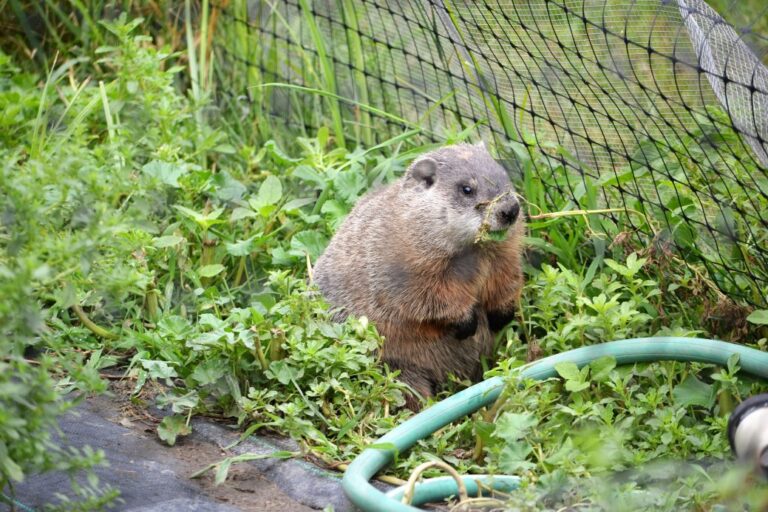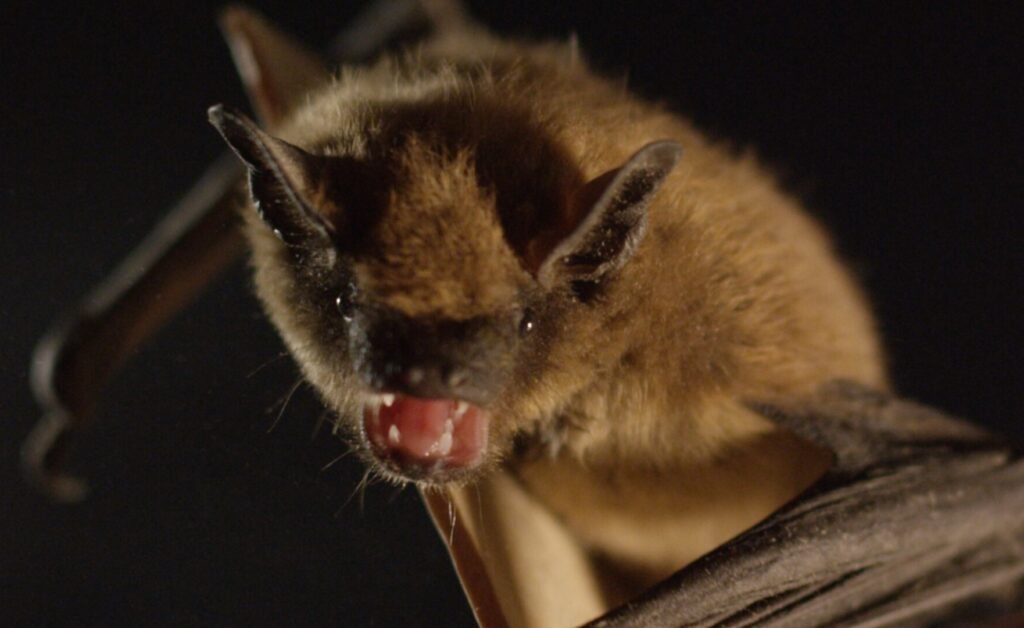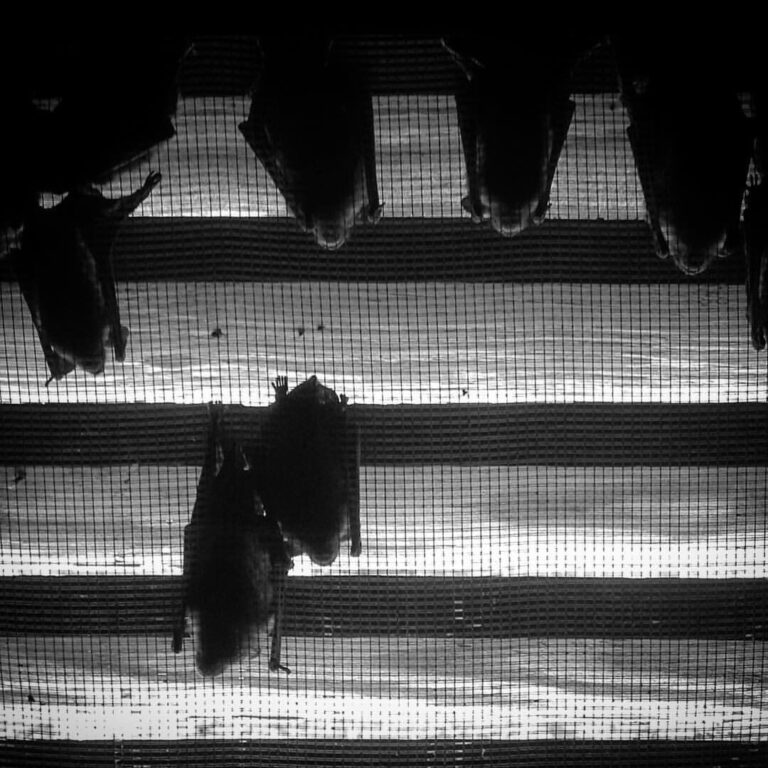 Is It Bad To Have A Groundhog In Your Yard?
Is It Bad To Have A Groundhog In Your Yard?
Have you just spotted a groundhog in your yard and wondering if you should worry? The short answer is YES, you should.
Groundhogs, also known as woodchucks, are aggressive animals that are hard to get rid of when they invade your property. These rodents usually dig burrows in grassy areas and eat through gardens causing a lot of damage.
They can also cause serious structural damage through burrowing. In addition, they carry ticks and fleas which can pass diseases like Powassan and Lyme to pets and humans.
Once they invade your yard, it can be really hard to eliminate them on your own because they are very aggressive. Thus, it is always the best option to contact an experienced pest and wildlife specialist who’s got the tools and knowledge to deal with your groundhog problem.
How Do You Tell If You Have A Groundhog Active In Your Yard?
Common signs of damage that indicate groundhogs are active in your yard include:
– Raised ridges crisscrossing your yard will be easily visible
– You will notice raised, multiple mounds of dirt in your yard. These mounds resemble volcano-like swellings and are the entrance and exit of groundhog holes in the ground
– If you spot areas in your yard that feel squishy or the soil is very loose
– If you realize that some areas in your yard have dead or discolored grass that follows a specific path
Other damages that groundhogs are likely to cause include damage to the grass, tearing of tree roots, and flower bed damage. These damages will make your yard look unsightly!
What Attracts Groundhogs To The Yard?
As expected, the main thing that attracts groundhogs to your yard is food. These animals are herbivores and mainly feed on plant matter.
Their favorite foods are alfalfa and clover but they feed nearly on any plants such as grass; weeds; dandelion greens; herbs; fruits like strawberries or blueberries; vegetables like cucumber, green beans, corn, or lettuce.
Groundhogs feed a lot to gain enough weight that will sustain them during hibernation. Therefore, when they invade, they will eat anything that they come across in order to gain enough weight that will sustain them during the winter season, and in the process, they will leave a lot of damage. That is why you need to be worried when you spot them in your backyard.
Groundhogs can also skillfully climb trees, fences, and walls. They will climb mainly to escape predators and in search of food. Find out how to prevent them from damaging your yard and keep them out for good!

How Do Groundhogs Dig Holes In The Ground?
Groundhogs spend most of their time in underground burrows which can be as long as 6 feet deep. These underground burrows usually have dozens of entrances and exits. That is why it is very difficult to trap a groundhog if you lack the necessary knowledge and experience.
When digging inward for several feet, they incline the tunnel upward for a few feet. They will then proceed to dig horizontally for 15-25 feet to prevent the tunnel from flooding in case it rains.
Groundhogs are very clean animals. From their main tunnel, they usually dig another tunnel just a few feet apart, which is exclusively used as a latrine. Once one latrine is full, they usually seal it off and dig another latrine elsewhere.
The main burrow is used for raising children, sleeping, and hiding.
What Month Do Groundhogs Come Out?
Groundhogs are typically most active during early spring. This is because the weather is usually ideal for them during this time.
During the warmer spring and summer months, they spend most of their time sheltering in their cool burrows and only come out to feed in the early morning and evening when temperatures have dropped.
They usually start to hibernate from mid-October all the way to February. By the time they start hibernating, they need to have gained a minimum weight of seven pounds in order to survive.
Are Groundhogs Aggressive To Humans?
It is very rare for groundhogs to attack humans. However, when they feel threatened or when they feel that their babies are in danger, they may attack.
A few cases of groundhogs attacking humans have been reported but injuries are not that serious. However, in some cases, the injury can be fatal, especially if they carry rabies.
Due to the damage they cause, it’s important to remove groundhogs from your property as soon as you notice any signs of their activity. Contact Westchester Wildlife today and let us help rid you of groundhog problems efficiently and safely.
Our team of licensed technicians has the skills and tools necessary to carry out a humane wildlife control and removal from your property. Our humane groundhog removal services are the best way to keep your home safe from the potentially destructive actions of these wild animals.
So don’t wait until woodchucks have completely ruined your lawn to seek help. Trust our team of experts at Westchester Wildlife for all of your groundhog removal and control needs by calling now!
 Is It OK To Leave Bats Living In Your Attic?
Is It OK To Leave Bats Living In Your Attic?
Bats can be excellent neighbors when they keep a proper distance from your home. Other than acting as natural mosquito repellants, they promote pollination and aid in seed dispersal.
While bats don’t always live indoors, some situations force them to seek shelter, for example when they feel endangered or a female has just given birth.
If they are next to your house and find an opening in the attic, you can be sure they will seek shelter there.
Another reason that attracts bats to a home is the presence of insects like mosquitoes and moths around the lights. If the insects are always present, they may choose to find a nesting site close to the source of food or water, and your attic is a perfect spot!
Can You Let Bats Live In Your Attic Or Should You Remove Them?
When you have bats in attic, you might be tempted to let them stay because they help remove all kinds of bugs from your property. After all, they can eat up thousands of insects every evening, so you won’t have to worry about bugs anymore.
But while they are helpful, they can be a nuisance once they stay in your attic. For instance, they can cause infestations, make a lot of noise, and cause significant damages to your structure.
How Long Can a Bat Live In The Attic?
The average lifespan on a bat is between 10 to 20 years, but survival into adulthood is mainly determined by the quantity of food and the kind of shelter that’s available. If a bat manages to get food and good shelter, the animal will live long.
Your attic is one of the best forms of shelter a bat can get as it can get insects or rodents around the compound, if not in the house. Besides, most people don’t spend much time in the attic, so these mammals will be free to enjoy their stay almost uninterrupted.
Since the bats have everything they need in the attic, they can stay and reproduce more to make a large colony. In fact, they’ll live for generations if nothing is done, so don’t assume they will vacate willingly. Instead, be proactive and find a way to get rid of these animals as soon as you can.
Can Bats Damage Your Attic?
Compared to all pests and wild animals that can stay in attics, bats happen to be one of the worst.
One main thing they do is damage the property, particularly the electrical system, plumbing, and other similar fixtures. They also claw away the insulation, wood, and other similar building materials and leave behind rub marks from their body oil.
Even their feces can cause significant damages to the insulation and wooden building materials. The feces smell is also pretty bad and will permeate via the walls and spread throughout the house.

Can You Get Sick From Bats In Attic?
Other than damaging your attic and making a lot of noise, bats can make you get sick.
Their droppings, guano, contain a fungus known as Histoplasma capsulatum which is detrimental to people’s health. When the guano dries and becomes an airborne pollutant, it can be inhaled, and the fungus will cause a lung infection known as Histoplasmosis. The infection can spread beyond the lungs to the entire body, which is fatal. You shouldn’t even attempt to clean bat guano on your own!
These pests also expose humans to rabies. This often occurs when someone is bitten by an infected bat or comes into contact with guano, fur, urine, or blood from the bat.
When Do Bats Leave The Attic?
Once bats set up shop in the attic, they can stay for a long time if you don’t know their way of life. Mostly, female bats and their pups are ready to leave the attic to hibernate in the nearby caves right before winter. This is because the cold weather drives pests and insects away, and they only emerge from hibernation after the cold season.
Other bats opt to migrate to warmer areas instead of hibernating. This is the best time to rid yourself of the bats in attic. You should call professionals like Westchester Wildlife company who will determine the holes the animals used to gain entry or leave your attic and then seal them.
What Time Of Year Is It Legal To Remove Bats From Attic?
Since bats are an endangered species, they get protection from state and federal laws. This is the reason why you cannot get rid of them whenever you want even if they are a nuisance or causing damage to your home.
However, it is legal to remove bats from your home around mid-August to mid-October. Most pups can fly by July, so by mid-August, the bats leave their nursery site to find an ideal place to hibernate during winter.
Consequently, get experts to remove the bats and seal the openings within this time because when they hibernate in your attic, you will not be allowed to bother them until the next bat removal season.
If you have a bat problem in Westchester, Dutchess, or Putnam Counties, NY, and Fairfield County, CT, we can help. We specialize in the field of bat removal and bat pest control in the attic. So give us a call today!
